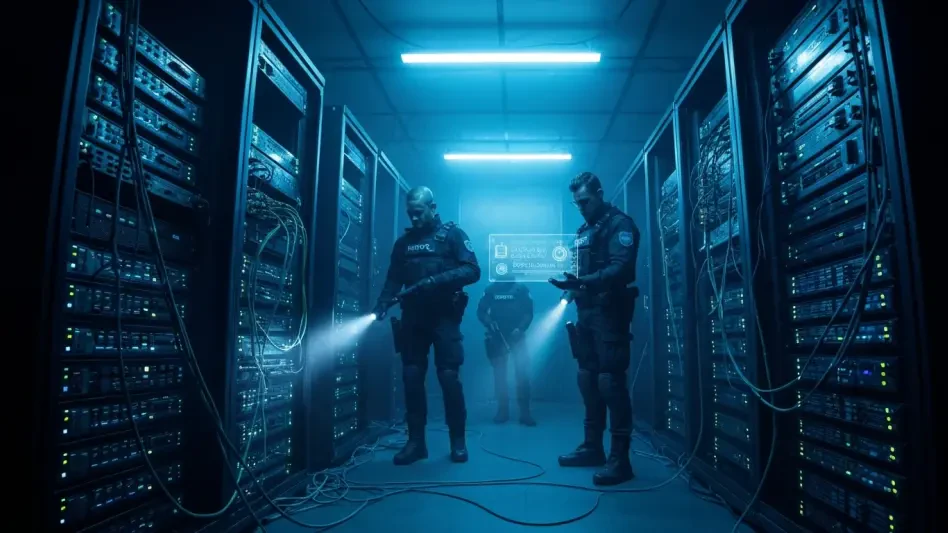In today’s interconnected digital landscape, insecure deserialization has emerged as a significant threat to cybersecurity. This complex vulnerability involves processing untrusted data, leading to potential exploit opportunities such as remote code execution. Due to its intricate nature, many developers overlook or inadequately address insecure deserialization vulnerabilities, making it a fertile ground for cybercriminals. As technology advances, the prominence and implications of these vulnerabilities create a persistent challenge.
The Proliferation of Insecure Deserialization Vulnerabilities
Current Landscape and Statistics
The current cybersecurity landscape is witnessing a marked increase in the prevalence of insecure deserialization vulnerabilities. Data and statistics reveal that these vulnerabilities are becoming common entry points for cyberattacks, emphasizing the need for enhanced security measures. Cybersecurity reports consistently show rising incidents related to this type of threat, demonstrating the persistent and evolving nature of insecure deserialization. Heightened awareness among industry professionals further underscores its emerging criticality.
Real-World Applications and Case Studies
Recent case studies highlight the real-world impact of insecure deserialization attacks. For instance, Trend Micro’s Apex Central product vulnerabilities, including CVE-2025-49219 and CVE-2025-49220, illustrate how attackers exploit insecure deserialization to execute unauthorized code. These exploitation incidents serve as strong reminders of the potential consequences and damage to organizational networks and data. Entities impacted by such vulnerabilities often face significant recovery and reputation costs, urging others to implement robust security protocols.
Insights from Cybersecurity Experts
Expert Perspectives on Threats
Industry-leading cybersecurity experts emphasize the critical challenges posed by insecure deserialization. These thought leaders shed light on the complexities involved in identifying and mitigating such vulnerabilities, particularly in large-scale systems. Experts also stress the proactive measures organizations must adopt to safeguard their digital environments, highlighting the need for continuous education and awareness. Collaborative efforts among stakeholders are essential to counteract these sophisticated threats.
Challenges Organizations Face
Organizations grapple with various challenges in addressing insecure deserialization, from lack of awareness among developers to inadequate system updates. The nature of these threats requires careful monitoring and regular scanning of systems, making it crucial for companies to stay ahead. Recognizing the importance of routine checks and robust security measures, expert guidance plays a pivotal role in forging effective defense strategies against potential exploitation.
The Future of Insecure Deserialization Threats
Anticipated Developments
As technology evolves, the trends in insecure deserialization and broader cybersecurity contexts are expected to continue expanding. Innovative technologies, while offering improved capabilities, also open new avenues for potential security gaps. Industries should anticipate shifts in threat patterns and prepare for emerging challenges, necessitating adaptive and resilient security frameworks. Understanding how these threats evolve is key to mitigating risks and guarding against future incidents.
Industry-Wide Impact
The impact of insecure deserialization on various industries is palpable, highlighting the importance of industry-specific strategies to address these vulnerabilities. Organizations must remain vigilant and integrate security as a core component of their operational strategies. As unauthorized data processing threats continue to impact industries, the pursuit of comprehensive and evolving defenses becomes imperative to maintain trust and efficiency in digital operations.
Recommendations and Actionable Steps
Summarizing the discourse on insecure deserialization, it is evident that addressing this vulnerability is critical for organizational resilience. Emphasizing proactive security measures and regular system evaluations can significantly reduce the risk of exploitation. Encouraging developers and stakeholders to engage in continuous learning and integrating security best practices can strengthen defenses. Organizations are recommended to prioritize patching known vulnerabilities promptly, as effective patch management is instrumental in maintaining robust security postures and protecting against potential threats.








